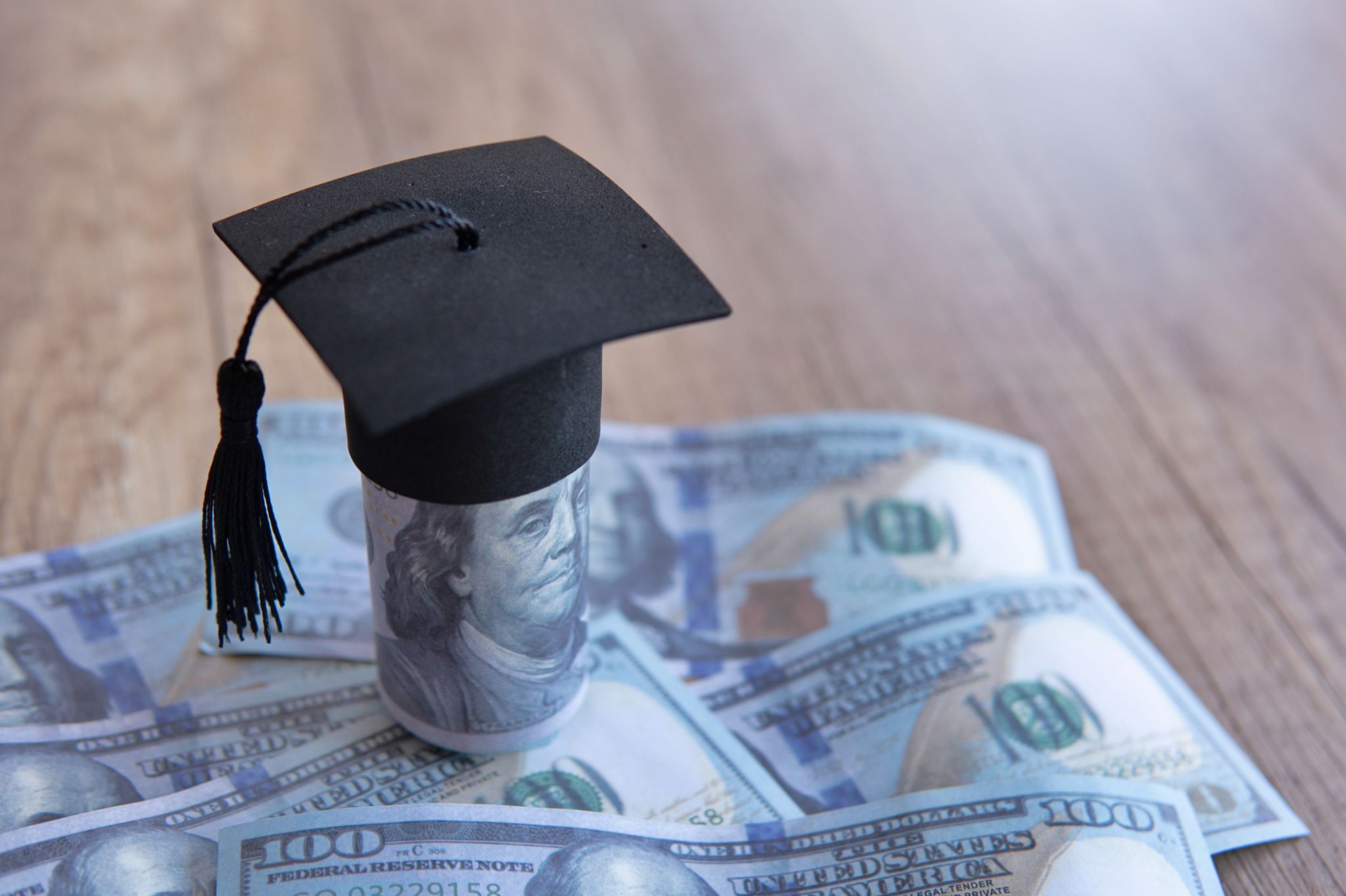The Impact of Student Loan Forgiveness Programs: Real Stories, Real Results
Understanding Student Loan Forgiveness Programs
Student loan forgiveness programs have become a beacon of hope for many graduates burdened with debt. These initiatives aim to alleviate financial stress by canceling a portion or all of the borrower's student loan balance. The impact of these programs is profound, affecting not only individual lives but also the broader economy.
How Loan Forgiveness Works
Loan forgiveness programs usually target specific categories of borrowers, such as those working in public service or under specific income thresholds. Some popular programs include Public Service Loan Forgiveness (PSLF) and Teacher Loan Forgiveness, each with distinct eligibility requirements and benefits. Understanding these criteria is crucial for borrowers aiming to benefit from these opportunities.

Stories of Transformation
Behind every statistic lies a real story of transformation. For many, student loan forgiveness has been a lifeline, allowing them to pursue careers in sectors they are passionate about without the crippling worry of debt repayment. Take Sarah, for instance, a social worker who was able to focus on her calling rather than her loan balance, thanks to PSLF.
Economic Ripple Effects
The impact of student loan forgiveness extends beyond individual relief. By reducing debt burdens, these programs enable graduates to invest in other priorities such as buying homes, starting families, or saving for retirement. This shift can stimulate economic growth by increasing consumer spending and improving financial stability across communities.

Challenges and Criticisms
While the benefits are undeniable, student loan forgiveness programs are not without their challenges. Critics argue that these programs can be complex and difficult to navigate, often requiring meticulous documentation and adherence to stringent guidelines. Moreover, some believe that these initiatives do not address the root cause of rising tuition costs.
Eligibility and Accessibility
One major hurdle is the accessibility of these programs. Many borrowers find themselves ineligible due to the strict requirements or discover that only a portion of their loans qualify for forgiveness. This can lead to frustration and disillusionment among those who had hoped for financial relief.

The Path Ahead
Despite these challenges, the future of student loan forgiveness looks promising. With mounting pressure on policymakers to address the student debt crisis, there is a growing momentum towards expanding and simplifying these programs. This would make them more accessible and beneficial to a broader range of borrowers.
Real Results, Real Change
The real-world impact of student loan forgiveness is evident in the stories of those who have benefited from it. By reducing financial burdens, these programs empower individuals to achieve their personal and professional goals, ultimately contributing to a more vibrant and dynamic society.